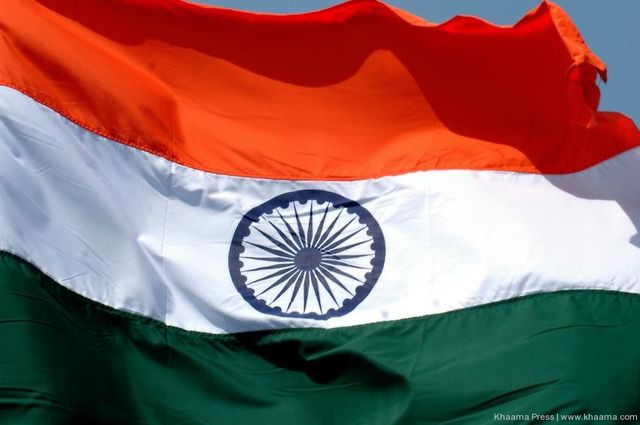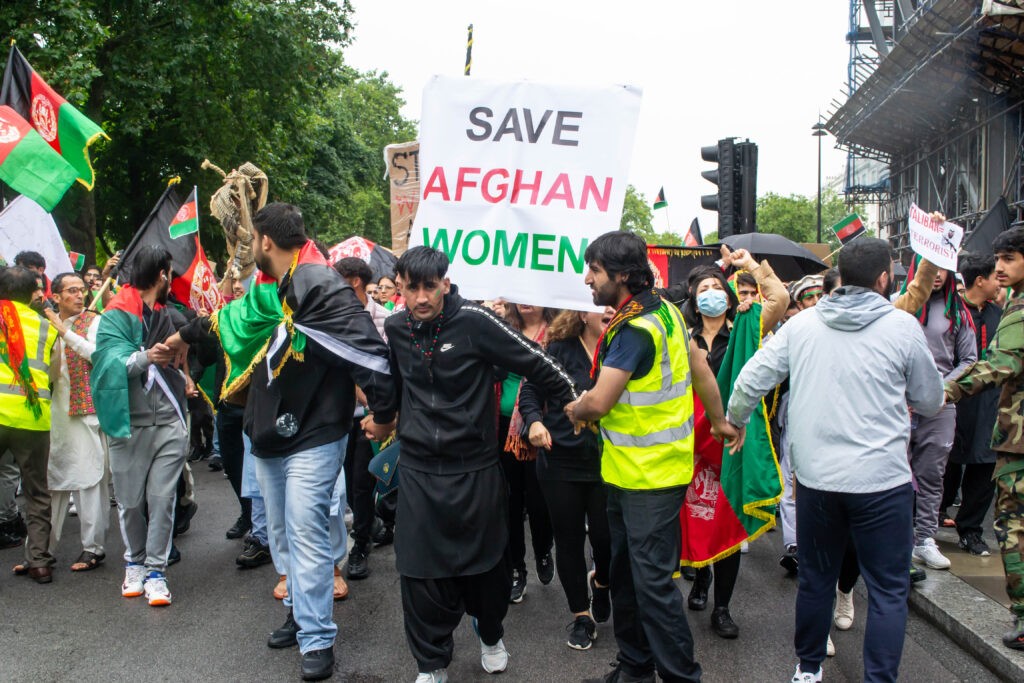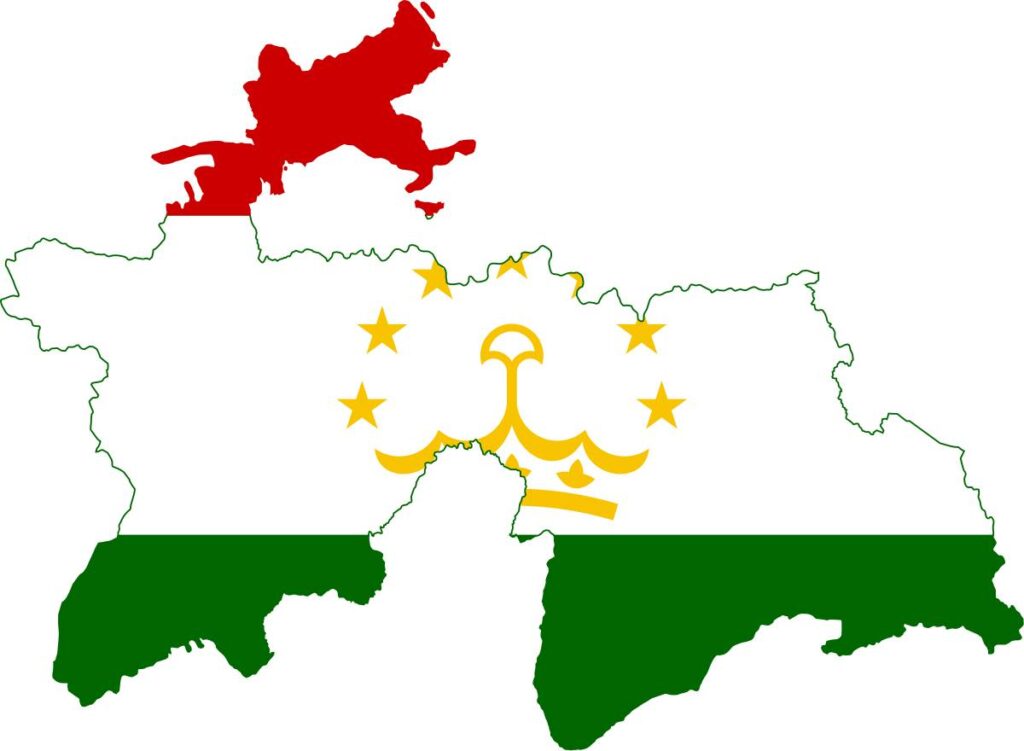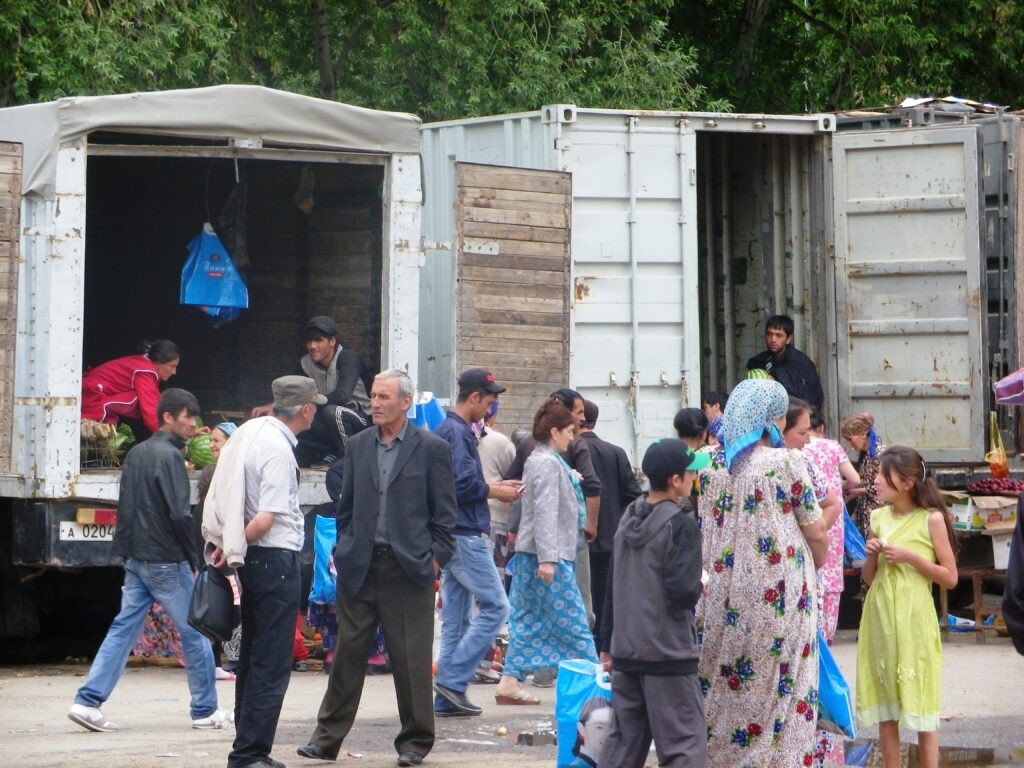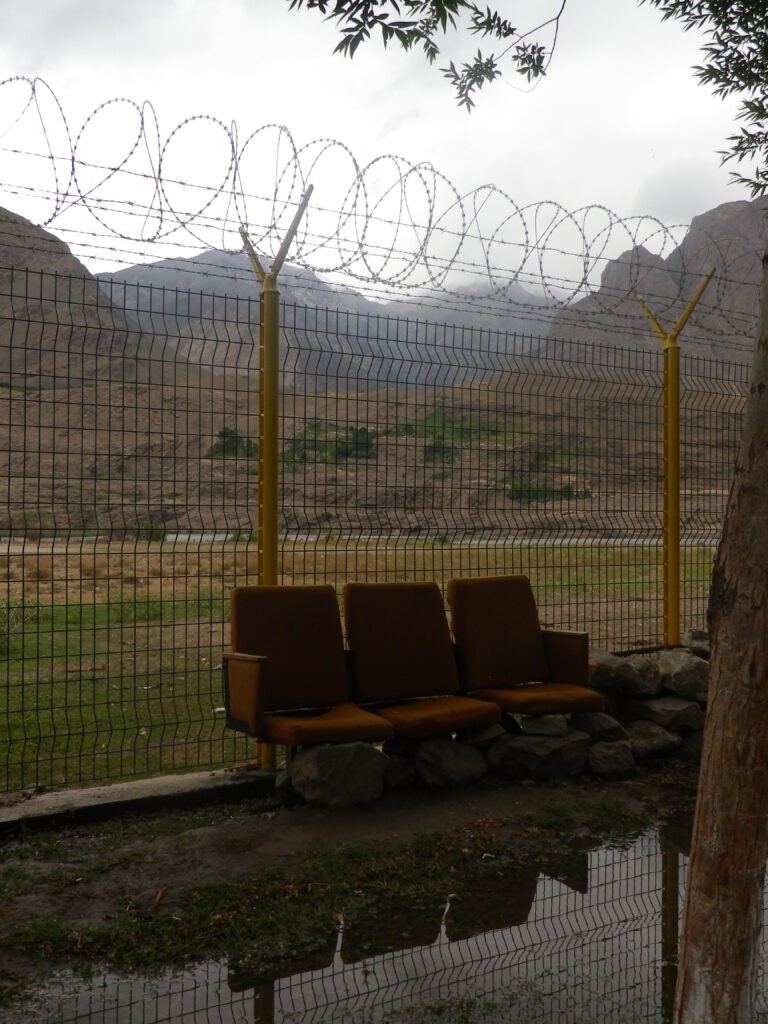How India is Becoming a Robust Soft Power in Central Asia
The middle-income trap, a pressing issue that has led to the stagnation of many successful developing economies, demands immediate attention. This trap, which occurs when a middle-income country can no longer compete internationally in standardized, labor-intensive goods due to relatively high wages, is a result of various factors, including countries most successful demographic characteristics. For instance, access to education has reduced birth rates due to an almost 100% literacy rate defined by 12 years of education. In the process, importing cheap manufacturing products has made local products uncompetitive. In such a situation, the country should have planned to upgrade current skill-based education to high-tech skills such as ICT, pharmaceuticals, etc. This shift to high-tech education holds immense potential for developing countries, offering a pathway out of the middle-income trap. Unfortunately, poor investment in developing high-tech education has led to an inadequate supply of a high-skilled workforce. Developed economies, such as the U.S. and a few European countries, are in an advantageous position to overcome such a trap due to their highly effective immigration policy. Developing countries, such as Brazil, Mexico, Argentina, the Philippines, and almost all Central Asian Republics, meanwhile, suffer. This will be further aggravated if the issue is not addressed urgently. Due to its geographic location and natural resource endowments, Central Asia, a diverse region with a mix of upper-middle and low-income countries, holds significant importance in the global economic landscape. Let's look at a specific case, such as Uzbekistan, a country whose population is growing at 1.3% per annum. Regarding age structure, the 0-14 age group makes up 30.1% of the population, the 15-64 age group 64.6%, and the 65-plus group constitutes just 5.3%. The country has achieved a high literacy rate, with 100% of the population completing 12 years of primary and higher secondary education. However, the country’s GDP per capita is relatively low, at US$ 3,209 (nominal term) and US$ 11,316 (PPP). The country's economy is dominated by the services sector, which contributes 48.4% to the GDP, followed by industry at 33.7%, and agriculture at 17.9%. The poverty line is set at less than US$ 3.2 per day, affecting 10% of the population. The country's labor force is distributed across sectors, with 25.9% in agriculture, 13.2% in industry, and 60.9% in services. The unemployment rate is 5.3%, and underemployment is a significant issue, affecting 20% of the population. The low supply of highly skilled workers challenges further increasing per capita income. The country will likely fall into this middle-income trap because it reaches a certain average income and cannot progress beyond that level. It seems helpful to mention some insights from this perspective. During Soviet times, the growth model of states was determined by their available resources, and Central Asia is rich in abundant resources. However, in most cases, primary resources were taken to other non-resource wealthy states for further value addition. So, the workforce was created in the respective states based on the concerned state's requirements. Workforce migration from one state to another was...
